One of the first things I talk about in my lectures about organic gardening is the importance of creating an eco-system around the garden. After all, a garden is much more than just a planter bed. It’s everything around it as well.
Beneficial flowers attract beneficial insects, which do a number of jobs for you in the garden. They can pollinate, they can eat other bugs, and they can also be food for birds. Let’s explore some of the easy flowers you can grow in your garden to attract beneficial insects:
 Cosmos – Easy to grow, and self-seeding, cosmos add lightness to the garden with their breezy appearance. They attract hoverflies, parasitic wasps (tiny gnat-like insects that lay their eggs inside aphids) and lacewings to your garden. Bees love them too.
Cosmos – Easy to grow, and self-seeding, cosmos add lightness to the garden with their breezy appearance. They attract hoverflies, parasitic wasps (tiny gnat-like insects that lay their eggs inside aphids) and lacewings to your garden. Bees love them too.
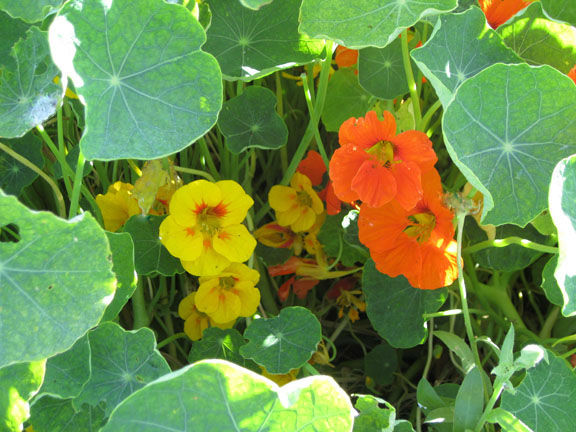 Nasturtiums – Not only are they edible flowers, they can serve as either a trap crop or repellent to many pests. I’ve grown nasturtiums right next to more highly valued crops because the aphids make a home in the nasturtiums, but leave my other crops alone.
Nasturtiums – Not only are they edible flowers, they can serve as either a trap crop or repellent to many pests. I’ve grown nasturtiums right next to more highly valued crops because the aphids make a home in the nasturtiums, but leave my other crops alone.
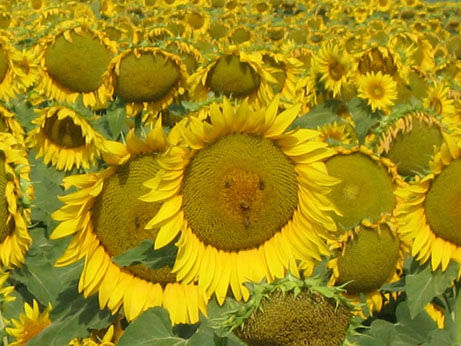 Sunflowers – these cheery flowers not only feed birds (it’s a self-service snack bar), they attract pirate bugs, which feed on thrips, spider mites, aphids, caterpillars and insect eggs. Sunflowers also attract parasitic wasps.
Sunflowers – these cheery flowers not only feed birds (it’s a self-service snack bar), they attract pirate bugs, which feed on thrips, spider mites, aphids, caterpillars and insect eggs. Sunflowers also attract parasitic wasps.
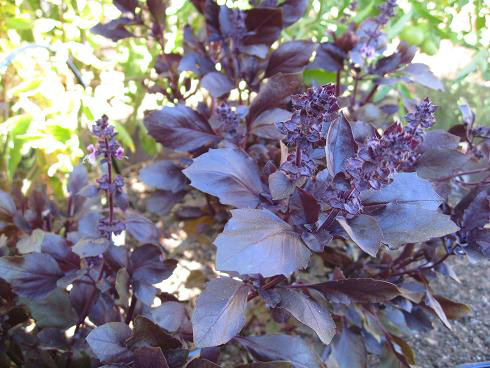 Herbs – When basil, thyme, oregano, mint, and many other herbs start to flower, those flowers provide nectar and habitat for plenty of beneficial insects. Bees love hovering around purple basil flower stalks like the one you see here.
Herbs – When basil, thyme, oregano, mint, and many other herbs start to flower, those flowers provide nectar and habitat for plenty of beneficial insects. Bees love hovering around purple basil flower stalks like the one you see here.
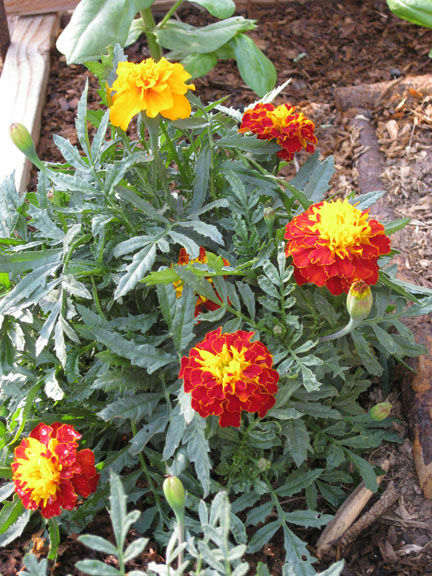 Marigolds – are another flower that puts off a smell that is unpleasant to many pests. There are also certain varieties of marigolds, like French marigolds, that have nematicidal properties. The roots contain a toxic that kills damaging nematodes in the soil.
Marigolds – are another flower that puts off a smell that is unpleasant to many pests. There are also certain varieties of marigolds, like French marigolds, that have nematicidal properties. The roots contain a toxic that kills damaging nematodes in the soil.
 Yarrow – There is an entire category of plants which are considered “umbels”. Umbels have flowers that form an umbrella shape, and they attract parasitic wasps to the garden. Many plants form umbel flowers when they go to seed, like dill, parsley, carrots, fennel, cilantro, and celery. Yarrow is another umbel that you can incorporate into your garden.
Yarrow – There is an entire category of plants which are considered “umbels”. Umbels have flowers that form an umbrella shape, and they attract parasitic wasps to the garden. Many plants form umbel flowers when they go to seed, like dill, parsley, carrots, fennel, cilantro, and celery. Yarrow is another umbel that you can incorporate into your garden.
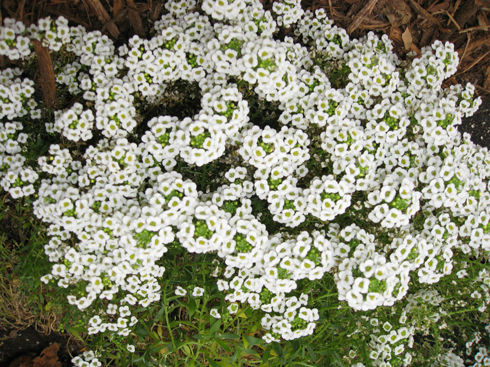 Alyssum – is another umbel that attracts hoverflies, lacewings and tachnid flies. Tachnid flies feed on cutworms, cabbage loopers, coddling moths, borers and green stink bugs. Alyssum will re-seed itself each year.
Alyssum – is another umbel that attracts hoverflies, lacewings and tachnid flies. Tachnid flies feed on cutworms, cabbage loopers, coddling moths, borers and green stink bugs. Alyssum will re-seed itself each year.
This is just the tip of the iceberg as far as beneficial flowers. Check out this site for more ideas:

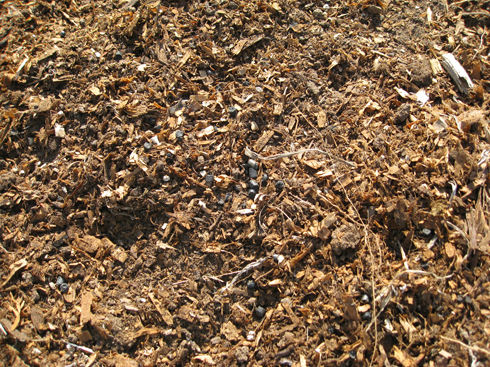
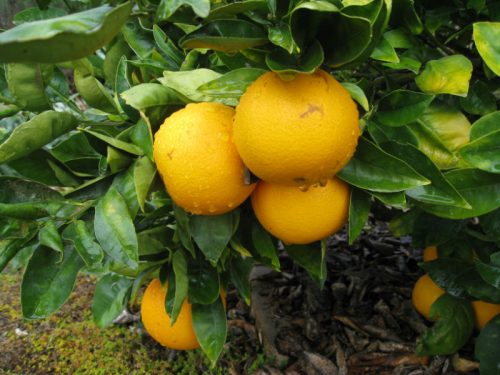
Pingback: YouTube: Beneficial Insectaries - Gardenerd
Pingback: YouTube: Battling Aphids without Bug Spray - Gardenerd
I know bees are great for the environment and plants, but what if you have small children and don’t like bees hanging around the yard? How do you calm children around bees?
Education is key. Bees generally don’t bother us if we don’t bother them. It’s hard for kids to overcome the fears associated with insects in general, but bees really do mind their own business unless provoked. I’ve been stung by a couple of bees when I was minding my own business, so there are exceptions. But in general it’s about shifting the relationship to bees with kids. They are awesome creatures to be admired rather than feared. They’re fuzzy, they collect pollen on their fur and in their pollen baskets (leg pockets). So cool! I think if we approach bees this way with kids they will feel more comfortable around them. It might even be fun to take them to a place like Honeylove.org where they do hive inspections while suited up. There are groups that have kid-sized bee suits on hand so they can get up close and see how bees live. They’ll get a sense of how much bees don’t really pay attention to us, but instead have a job to do.
I too have celery going to seed in my garden right now – what a show it’s putting on! The hoverflies love it and the pretty white flowers really brighten up the garden.
Appreciate this post. I have most of these flowers in my garden but liked reading HOW each one helps. Another thing I have noticed is that allowing plants to go to seed (like my current celery plant) also attracts insects like hover flies.